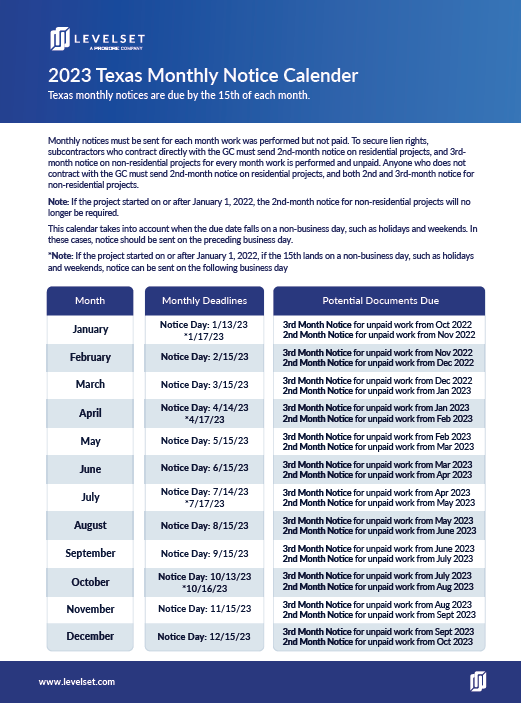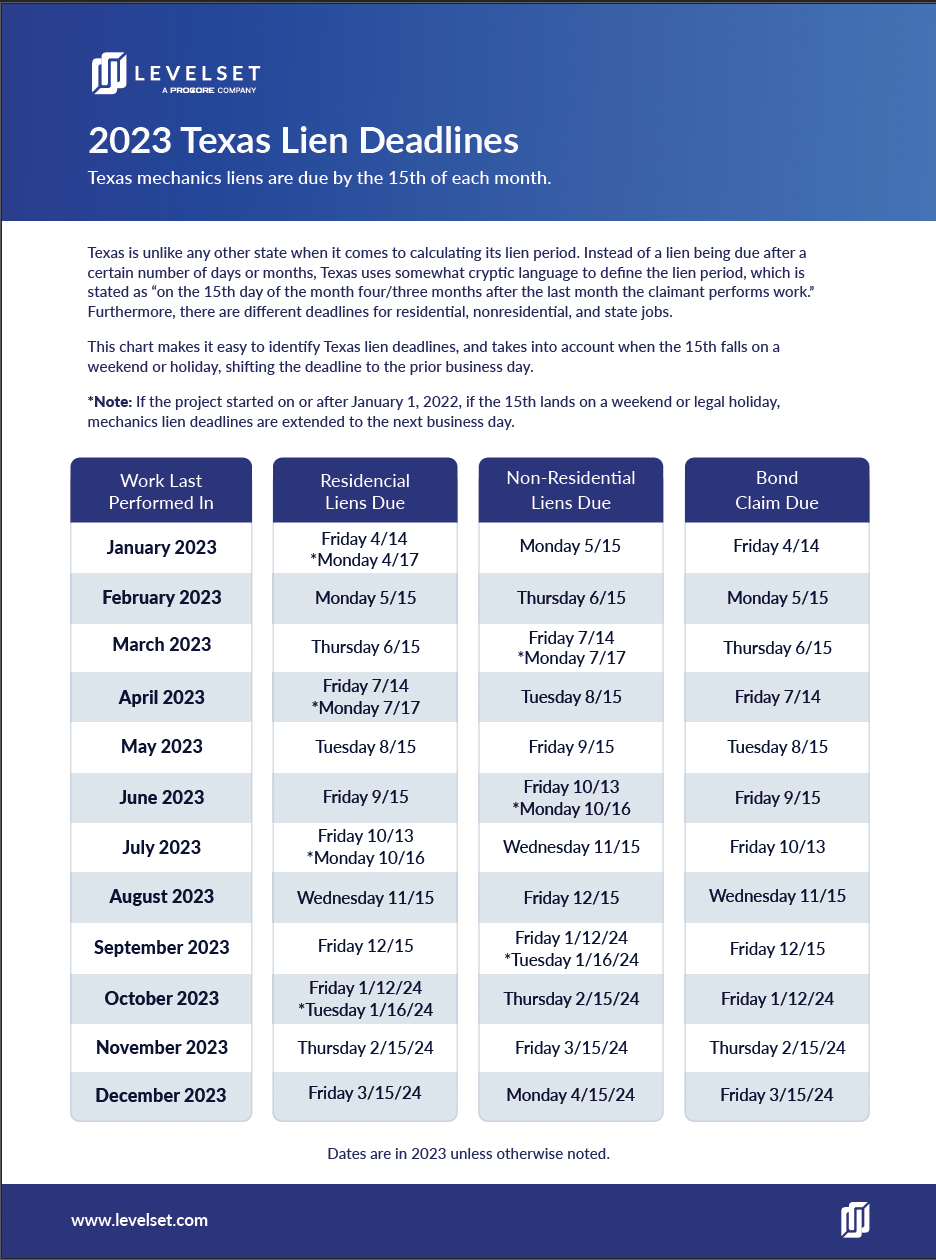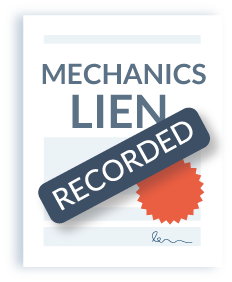In Texas, parties who contract directly with the property owner are not required to send a preliminary notice in order to retain lien rights.
However, for residential projects on a homestead a direct contractor must file the contract itself with the county recorder.
Additionally, it can help to send notice to a construction lender, if any is involved on the project.













